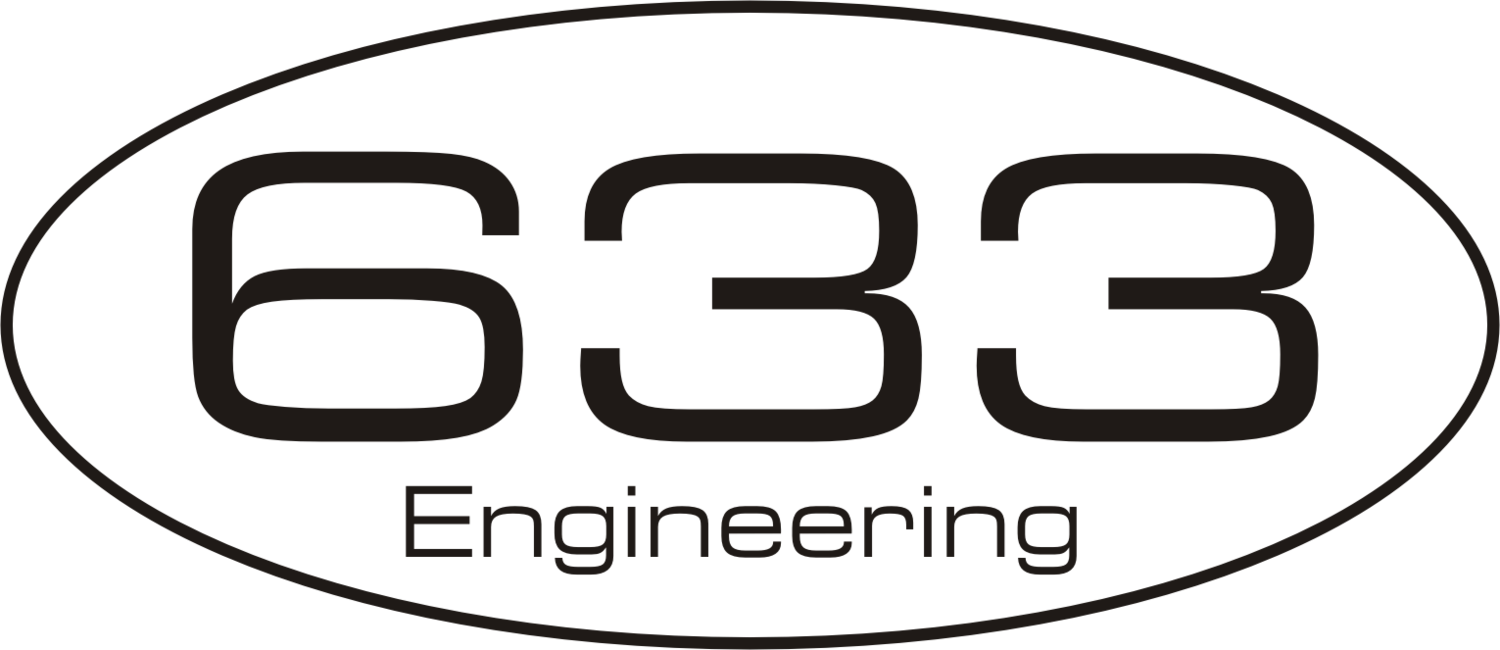Frequently Asked Questions
What designs are your amplifiers based on?
Some models started life as a traditional all valve designs from Fender, Vox, Marshall etc. but evolved into something quite different. Features such as Variable Headroom also differentiate my designs from more traditional ones. The spirit of the originals is there but with improvements in reliability and versatility. Other models such as the Classic 45 and Classic 50 are much closer to the originals, but with some added on features.
What is a bespoke amplifier and what are the benefits?
A bespoke amplifier is one that is made to order and usually has features and voicings that are specific and possibly unique to the customer. In fact the features offered may be ones that are not obtainable anywhere else, or ones that would otherwise require complex switching systems or lengthy modification to a mass produced amplifier. By having an amplifier specified and designed for your own needs you potentially reduce the complexity of your rig and improve it's reliability. I offer this service because after thirty five years of playing guitar and almost the same talking to and working with other guitarists I know that having your amplifier do exactly what you want and nothing more allows you to forget your gear when you need to and get on with the enjoyment of playing the guitar.
Can you explain what Variable Headroom is?
Variable Headroom is a feature designed to allow the player to achieve the big 'cranked' sound at lower volumes than the maximum available. It does so by reducing the output power of the amplifier and adjusting bias, negative feedback and few other parameters, so the power valves can be pushed into saturation, which is the key to achieving that particular tone. The 5 position Variable Headroom effectively offers the player 5 different wattage amplifiers. If you like tones that are edgy or breaking up and you need to play at different volume levels to suit different venues or bands then it's a great feature. It also works great if you want to switch from clean to edgy during a set and in the studio it adds so much tonal flexibility.
What is Interactive Reverb?
I decided to design a high quality solid state reverb rather than a spring reverb for my amplifiers primarily because it produces a more consistent sound that works with a wide range of guitar styles and because it offers the opportunity to tailor the type of reverb to suit the individual player. It also allows the type of reverb to be changed on the fly to suit different tastes either by a switch on the amplifier, a foot switch or in conjunction with another foot switch-able function. The four way interactive reverb that is installed on many of my amplifiers offers the following options:
Long reverb
Short reverb
Long reverb which switches to a shorter one when engaging the More function
Short reverb which switches to a longer one when engaging the More function
In addition each of the two voices can be adjusted for decay time and volume to suit the individual.
How does the More feature work?
On the simpler amplifiers like the Ruby and Onyx, 'More' simply switches in around 6dB of extra gain in the pre-amplifier. Depending on the setting of the Volume and Headroom controls this will give anything from a clean volume boost to extra overdrive for soloing. On the Custom 36 and Custom 44 models, the 'More' feature does two things. Firstly it switches in an extra voiced gain stage in the pre-amplifier. This gives a fixed gain of between 6 and 20 dB which can be pre-set internally. Secondly it enables the More control which is a master volume located before the power amplifier. This control can provide both attenuation and gain, and can be used to regulate the volume of the now over-driven pre-amp, and/or drive the power amplifier harder and depending on the setting of the Variable Headroom, introduce more power amplifier distortion.
Are your amplifiers hand wired?
All the valve and power supply circuitry is hand wired using robust 3mm FR4 board with turrets and eyelets. Double sided FR4 PCBs are used for the reverb and for the variable headroom circuitry as they are more suited to the technology being used.
Is hand wired better than PCB?
Printed circuit boards are the norm when mass producing an amplifier where lowest cost is the primary concern. Tonally speaking there is no reason that a well designed PCB based amplifier cannot sound as good as an equivalent hand-wired version. However when panel mounted electro-mechanical components such as potentiometers, switches and jack sockets are PCB mounted there can be issues with reliability as the components and solder joints may be subject to excess stress leading them to fail. When PCBs are repaired it is very easy for more damage to be done as pads and tracks may lift. PCB mounted valve sockets are a cause of many problems. For example high temperatures over long periods can cause the PCB itself to warp and cause damage to other components. Or a valve failure may produce enough heat to burn the PCB material itself. Hand wiring has many advantages for the bespoke amp builder. Firstly it provides the absolute best in reliability and repair-ability. It also provides a very efficient way to design and build a bespoke amplifier and also to modify and tweak the design at a later date without any damage. Keeping potentiometers, switches, jack sockets and valves sockets mounted directly to the chassis and wired to the boards eliminates many of the reliability issues that plague mass produced amplifiers.
